When you think of amplifiers for electric violins, can you name any specific brands or products? Even if you search for ‘electric violin amplifier’ online, you might not find the exact information or products you’re looking for. Since there’s limited information available online about electric violin amplifiers, I tried out several amplifiers to test the sound myself. I’ll introduce some recommended amplifiers along with sound samples.
Do Amplifiers for Electric Violins Exist?
To get straight to the point, there are no amplifiers specifically designed for electric violins! Some of you might wonder, “Are there really no dedicated amplifiers for electric violins?” but as far as I know, there are no such products on the market (although there might be some obscure brands that produce them somewhere in the world). This could be due to the relatively small number of violin players. Someone should develop one, please!
So, what can we do? We’ll have to use amplifiers for other instruments as substitutes!
Let’s explore which types of amplifiers can be used as alternatives.
Amplifiers Suitable for Electric Violins
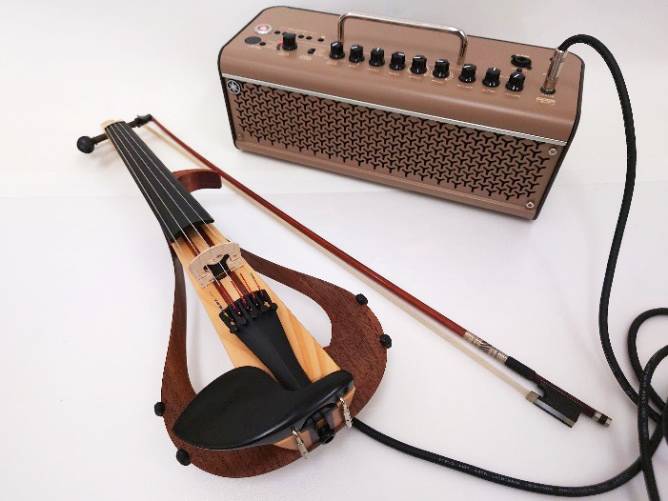
To find a suitable substitute, I need to understand what category violins fall into and which instruments have a similar structure and I studied this.
As you know, violins are classified as string instruments, but this category can be further divided as shown below:
| Plucked (Plucked Strings) |
Bowed (Bowed Strings) |
Struck (Struck Strings) |
| Guitar, Electric Bass, Harpsichord, Koto, Shamisen | Violin, Viola, Cello, Double Bass | Piano |
Among these, guitars caught my attention. Although pianos have keyboard amplifiers, guitars are more similar to violins in terms of their wooden bodies. Therefore, I decided to consider guitar amplifiers as substitutes for electric violin amplifiers.
Specifically, I focused on acoustic guitar amplifiers known for their acoustic sound.
Exploring Acoustic Guitar Amplifiers
When looking for an acoustic guitar amplifier for electric violins, I considered some essential effects.
① Equalizer
Equalizer (EQ) is crucial for sound shaping. Most guitar amplifiers come with treble (high), middle (mid), and bass (low) controls. Unlike guitars, violins produce sound by bowing, which can result in the pickup capturing bowing noises. Therefore, it’s important to use EQ to cut these unwanted sounds.
Additionally, electric violins tend to sound muffled. Guitar amplifiers are specifically designed to accommodate the frequencies of guitars, so boosting the treble to make the violin sound clearer is essential. Hence, an EQ is a must.
② Reverb
Violins pair exceptionally well with reverb effects due to their tonal characteristics. Adding reverb can transform the sound into a concert hall quality, making it a necessary effect.
Considering these two points, I found some acoustic guitar amplifiers that have both features:
VOX / VX50-AG Acoustic Guitar Amplifier
Yamaha / THR30IIA Wireless Acoustic Guitar Amplifier
BOSS / ACS-LIVE Acoustic Singer Live
All these amplifiers are popular among acoustic guitar players.
After comparing these amplifiers, the most suitable amplifier for electric violin is...
Well, I realized that the best way to determine is to try them out. Among them, one amplifier stood out:
It was the Yamaha THR30IIA Wireless.
This amplifier offers a unique effect called Tone Select, not found in other acoustic guitar amplifiers.
Within this Tone Select options, I found ‘NYLON STR’ seemed to be a perfect match.
● Tone Select Options
| Tone | Description |
|---|---|
| FLAT | Outputs the input signal as is. The [TONE BLEND] knob functions as a gain control. |
| NYLONSTR | Ideal sound for playing classical and electric nylon guitars. |
| TUBE | Recreates the sound of an acoustic guitar captured by a tube microphone, characterized by a rich midrange. |
| DYNAMIC | Recreates the sound of an acoustic guitar captured by a dynamic microphone, known for its focused and punchy sound. |
| CONDENSER | Recreates the sound of an acoustic guitar captured by a condenser microphone, noted for its natural and clear sound. |
*Reference: Yamaha / THR30IIA Wireless Manual
The key point is that both violins and classical guitars use nylon strings. Violins generally use nylon strings like classical guitars and electric nylon guitars. Since both instruments produce warm, similar-sounding tones, the NYLON STR setting seemed like a good match for electric violins.
Now that I know it, I’m going to test it out! I tried to create a sound using this amp.
Trying Out the Amplifier
This time, I connected my Yamaha electric violin YEV105 to the Yamaha THR30IIA Wireless amplifier and tested the sound. Here is what I recorded!
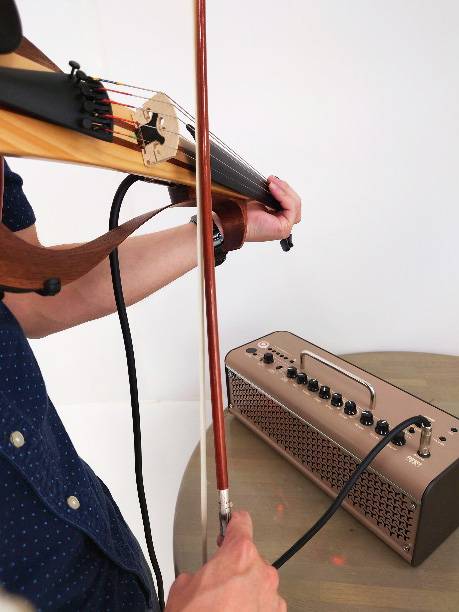
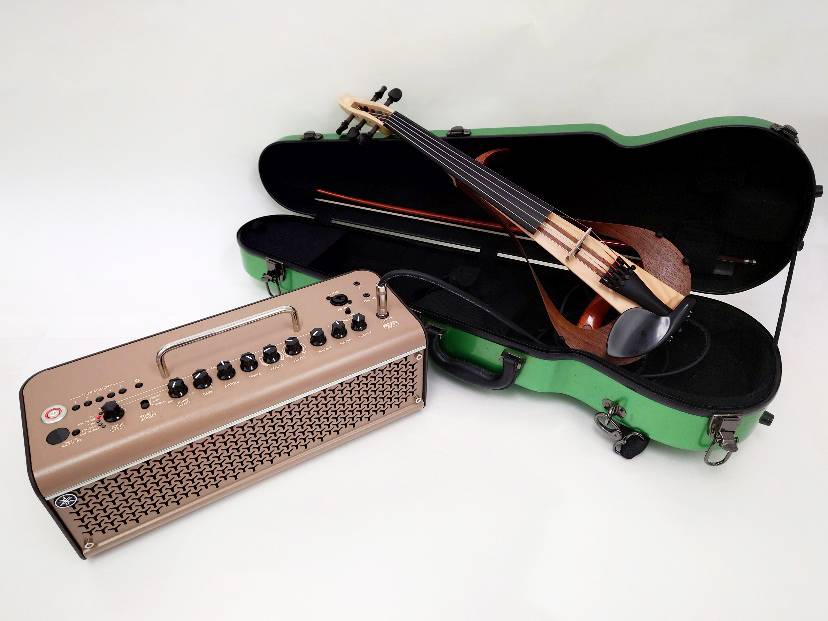
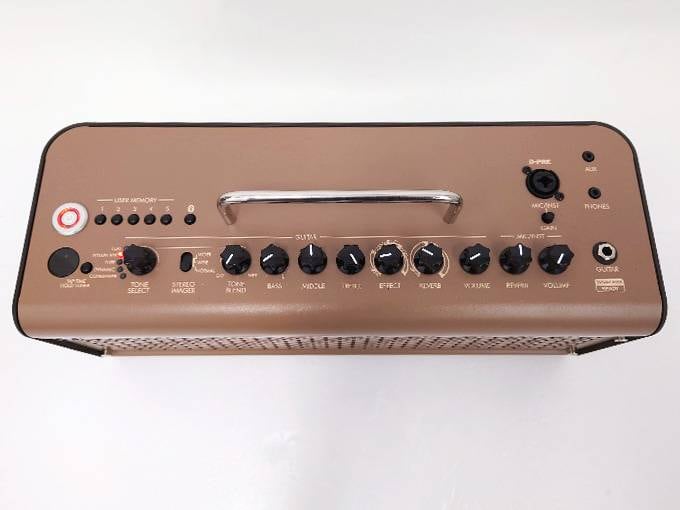
Sample 1
Sample 2
The sound quality turned out quite well! Unlike the muffled sound often produced by violin connected to amplifiers for electric guitars, the sound was clear and distinct. The reverb effect also worked beautifully!
Here are the settings I used. I made adjustments of the amplifier using the THR Remote app, and the Tone Select was set to NYLON STR.
I made EQ settings as below. Boosting the treble made the E string’s high notes clear, so I boosted it to the maximum level. In order to cut the bowing noise, I reduced the middle. I cut the bass and applied extra reverb.
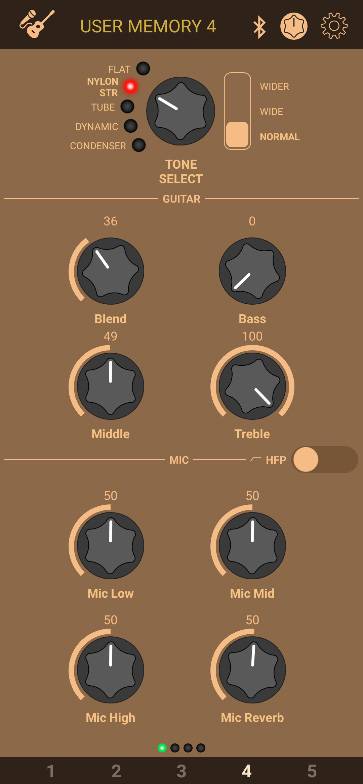
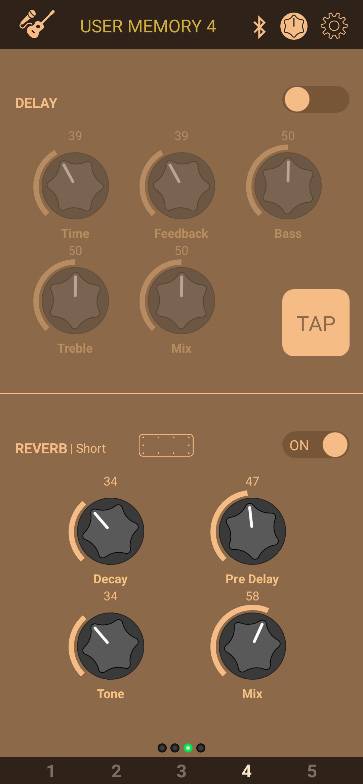
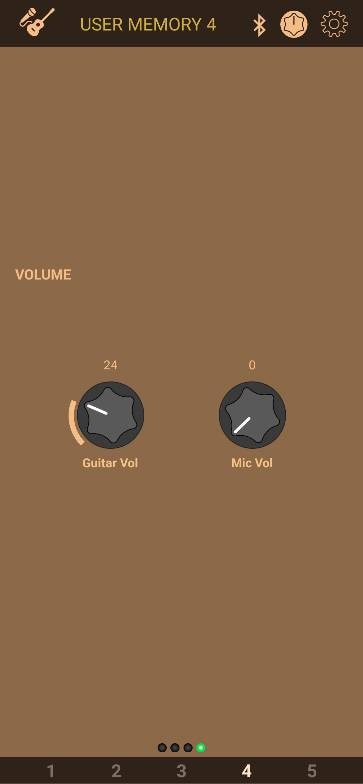
How was it? I was very satisfied with the results!
Those who have tried amplifying electric violins might be familiar with the muffled sound issue. However, Yamaha THR30IIA Wireless produced a clear and distinct sound, making it a highly recommended option. It’s a versatile and excellent amplifier!
Yamaha / THR30IIA Wireless Acoustic Guitar Amplifier
Though electric violins are not very common, I hope this article sparks interest and encourages more people to explore this instrument! Give it a try!





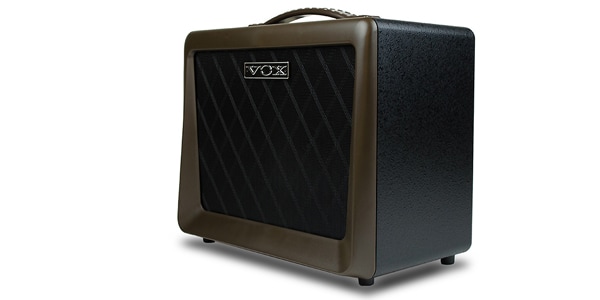
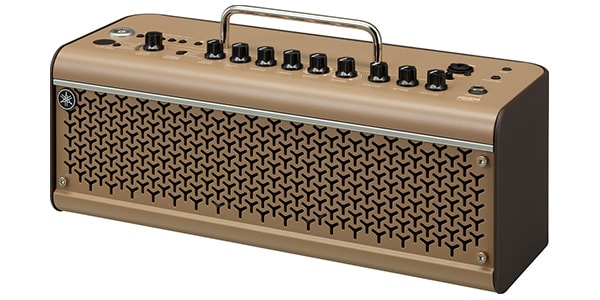
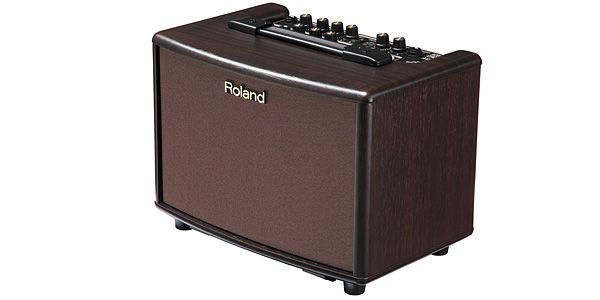
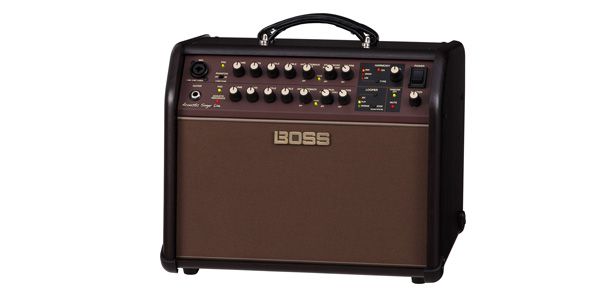

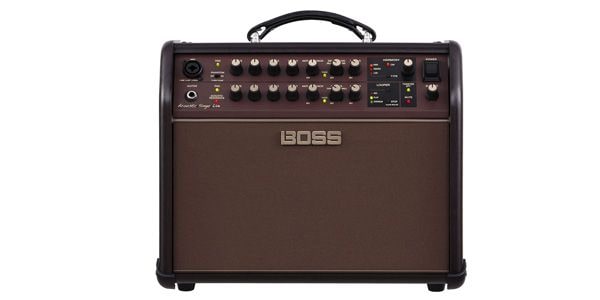


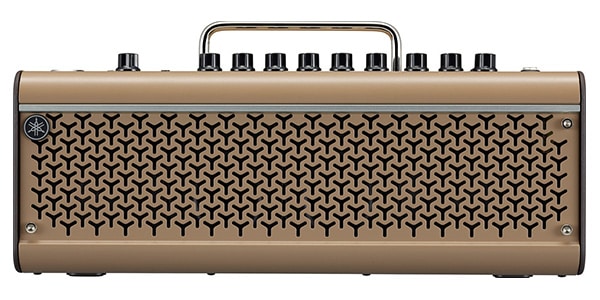
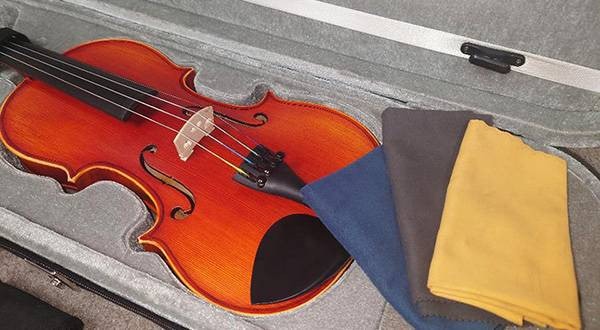
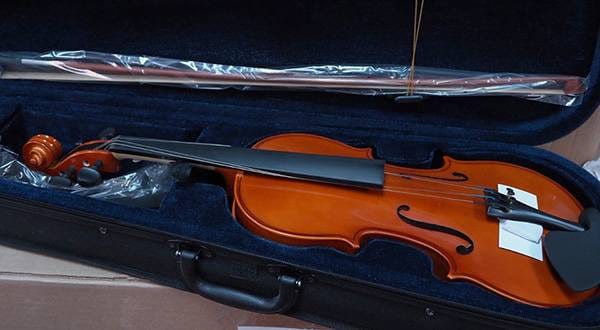
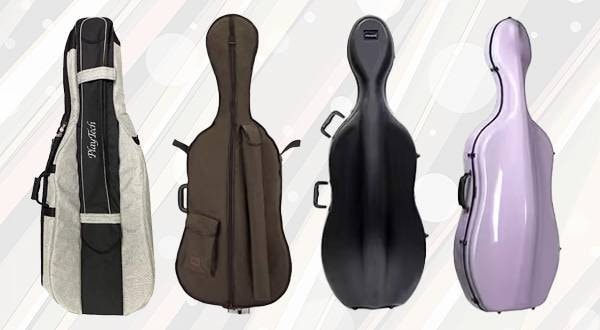
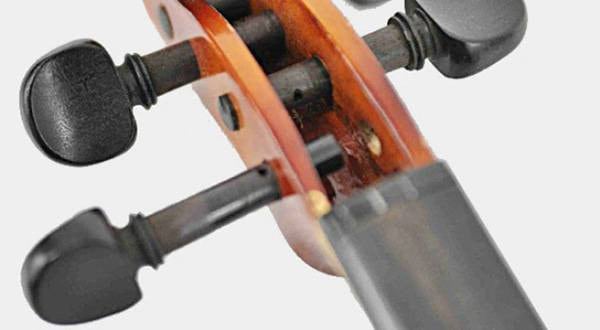
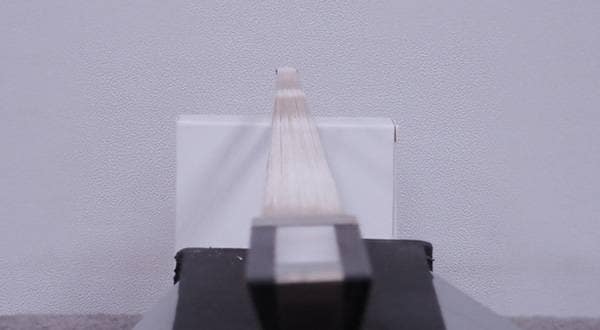

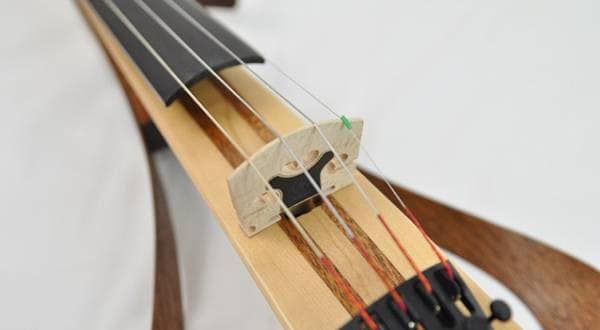

![[2023] 4 Most Popular PLAYTECH Violin Recommendations](/contents/uploads/thumbs/2/2022/10/20221029_2_19901_1.jpg)
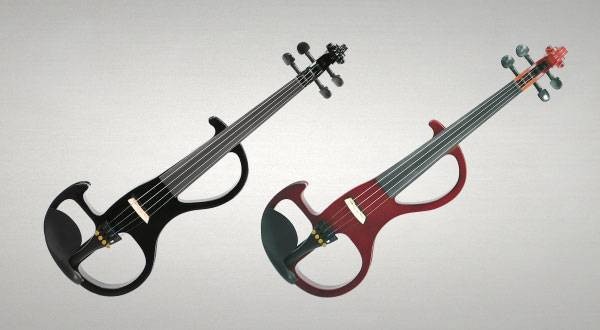
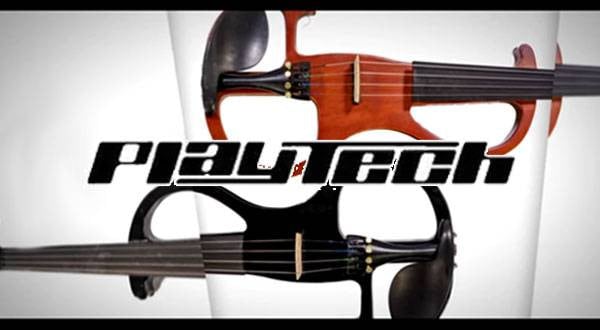
 バイオリンの構え方
バイオリンの構え方
 バイオリンの手入れ
バイオリンの手入れ
 バイオリンの弦交換
バイオリンの弦交換
 バイオリン 弓の各部名称と松脂
バイオリン 弓の各部名称と松脂
 バイオリンの調弦 チューニング
バイオリンの調弦 チューニング
 バイオリンの基本的な取り扱い
バイオリンの基本的な取り扱い















